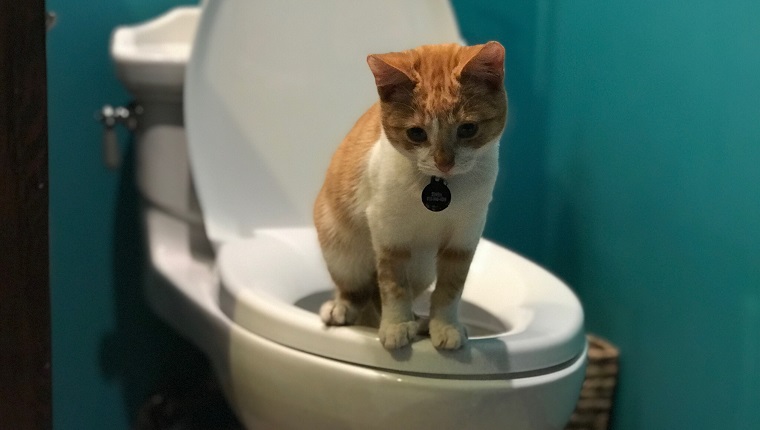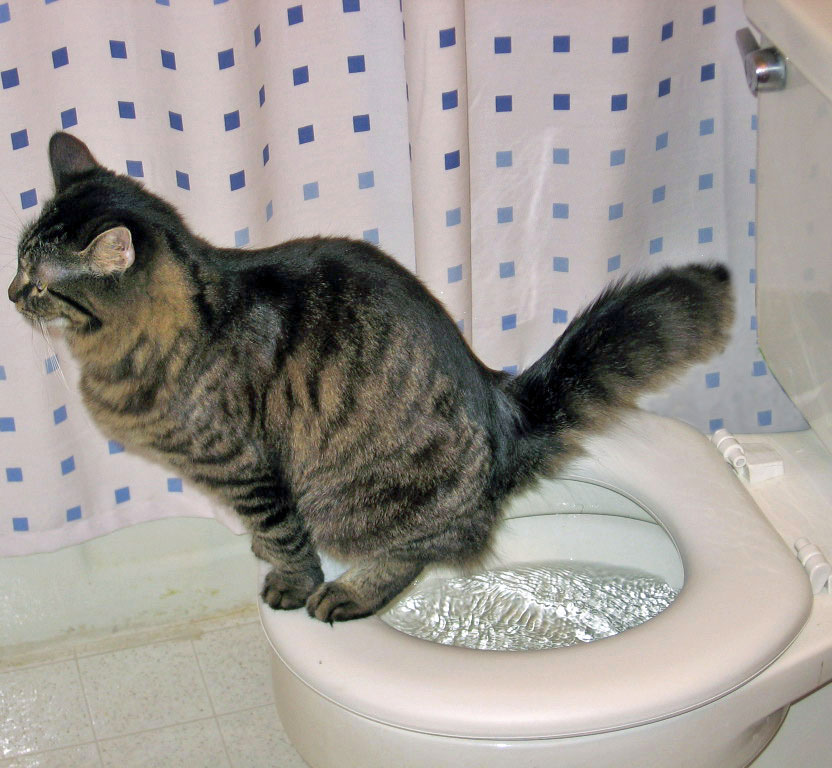Prevent Bathroom Emergencies: Don't Flush Cat Poop Down Your Toilet - Expert Guidance
Prevent Bathroom Emergencies: Don't Flush Cat Poop Down Your Toilet - Expert Guidance
Blog Article
Just about every person will have their own opinions on the subject of How to Dispose of Cat Poop and Litter Without Plastic Bags.

Introduction
As pet cat owners, it's important to be mindful of exactly how we take care of our feline pals' waste. While it might seem practical to purge cat poop down the bathroom, this technique can have destructive effects for both the atmosphere and human wellness.
Alternatives to Flushing
Thankfully, there are much safer and extra responsible methods to take care of cat poop. Think about the adhering to choices:
1. Scoop and Dispose in Trash
The most usual method of getting rid of feline poop is to scoop it right into an eco-friendly bag and throw it in the trash. Be sure to utilize a specialized clutter inside story and dispose of the waste without delay.
2. Usage Biodegradable Litter
Opt for biodegradable cat litter made from materials such as corn or wheat. These trashes are eco-friendly and can be securely thrown away in the garbage.
3. Hide in the Yard
If you have a backyard, take into consideration hiding feline waste in an assigned location far from veggie gardens and water sources. Make sure to dig deep sufficient to avoid contamination of groundwater.
4. Set Up a Pet Waste Disposal System
Purchase an animal garbage disposal system especially designed for pet cat waste. These systems make use of enzymes to break down the waste, lowering smell and ecological effect.
Health and wellness Risks
In addition to environmental issues, flushing pet cat waste can likewise position health risks to humans. Pet cat feces might consist of Toxoplasma gondii, a parasite that can cause toxoplasmosis-- a potentially extreme ailment, especially for expectant females and people with weakened immune systems.
Ecological Impact
Purging feline poop introduces harmful virus and bloodsuckers into the supply of water, posing a significant risk to aquatic environments. These impurities can adversely influence aquatic life and concession water top quality.
Verdict
Liable pet dog possession prolongs beyond offering food and shelter-- it likewise involves correct waste monitoring. By avoiding purging feline poop down the bathroom and choosing alternative disposal approaches, we can decrease our ecological footprint and safeguard human health.
Why Can’t I Flush Cat Poop?
It Spreads a Parasite
Cats are frequently infected with a parasite called toxoplasma gondii. The parasite causes an infection called toxoplasmosis. It is usually harmless to cats. The parasite only uses cat poop as a host for its eggs. Otherwise, the cat’s immune system usually keeps the infection at low enough levels to maintain its own health. But it does not stop the develop of eggs. These eggs are tiny and surprisingly tough. They may survive for a year before they begin to grow. But that’s the problem.
Our wastewater system is not designed to deal with toxoplasmosis eggs. Instead, most eggs will flush from your toilet into sewers and wastewater management plants. After the sewage is treated for many other harmful things in it, it is typically released into local rivers, lakes, or oceans. Here, the toxoplasmosis eggs can find new hosts, including starfish, crabs, otters, and many other wildlife. For many, this is a significant risk to their health. Toxoplasmosis can also end up infecting water sources that are important for agriculture, which means our deer, pigs, and sheep can get infected too.
Is There Risk to Humans?
There can be a risk to human life from flushing cat poop down the toilet. If you do so, the parasites from your cat’s poop can end up in shellfish, game animals, or livestock. If this meat is then served raw or undercooked, the people who eat it can get sick.
In fact, according to the CDC, 40 million people in the United States are infected with toxoplasma gondii. They get it from exposure to infected seafood, or from some kind of cat poop contamination, like drinking from a stream that is contaminated or touching anything that has come into contact with cat poop. That includes just cleaning a cat litter box.
Most people who get infected with these parasites will not develop any symptoms. However, for pregnant women or for those with compromised immune systems, the parasite can cause severe health problems.
How to Handle Cat Poop
The best way to handle cat poop is actually to clean the box more often. The eggs that the parasite sheds will not become active until one to five days after the cat poops. That means that if you clean daily, you’re much less likely to come into direct contact with infectious eggs.
That said, always dispose of cat poop in the garbage and not down the toilet. Wash your hands before and after you clean the litter box, and bring the bag of poop right outside to your garbage bins.
https://trenchlesssolutionsusa.com/why-cant-i-flush-cat-poop/

I ran across that blog entry about How to Dispose of Cat Poop and Litter Without Plastic Bags when browsing the web. Sharing is nice. You never know, you may be doing someone a favor. Thank you for your time. Come back soon.
Click Here Report this page